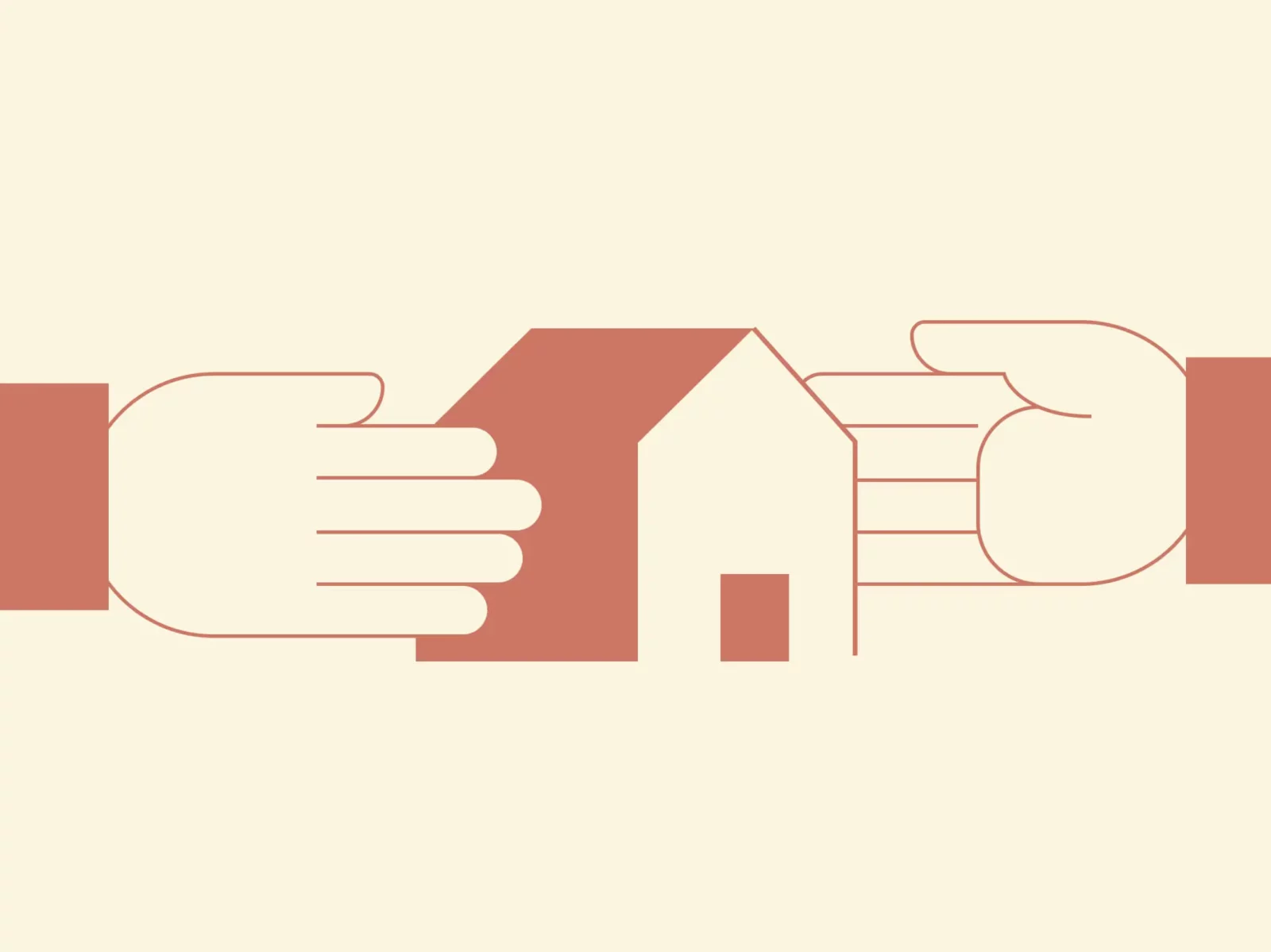
Avoiding An Outage (And Outrage)
Whether or not yours was among the millions of sites that went dark thanks to GoDaddy.com’s disastrous service disruption earlier this week, if you run a business website, you should be paying attention.
Even if it only lasts a few hours, losing your site to an outage could cost you a ton of traffic and money. Here are six steps you can take to ensure it doesn’t happen.
Upgrade.
If you have a budget or free hosting service plan, one of the easiest ways to ensure that your site won’t go down is to upgrade. It may cost more, but a higher-end web host or plan offers better software and technical support. Plus, it’ll loosen any restrictions on disk space, bandwidth, and traffic—crucial for a growing business site.
Update your information.
Whenever you get a new credit card, business address, email, or telephone number, make sure to update your web host’s records. Otherwise, you may find you’ve been locked out of your site because your host couldn’t get in touch with you.
Keep an eye on your domain name.
You don’t own your domain name forever. The last thing you want is to wake up one morning and find out someone else has snatched your web address out from under you. When registering your domain name, make sure to secure it for as long as possible—at least five years. Be sure to schedule plenty of reminders down the road so you have plenty of warning when your domain is set to expire.
Keep it simple.
Think of your website as a machine. The more moving parts it has, the more likely it is that one of those parts will malfunction, causing your site to break down. A site with a fancy design and lots of complicated features will be prone to programming errors, which can be difficult to pinpoint and could crash your entire site.
Back up your site.
Remember, your site is basically a collection of documents on a physical server. Like any other file on a hard disk, these can be deleted—and contrary to popular belief, it’s not your web host’s responsibility to supply you with backups.
That said, most quality web hosting services offer a control panel with the tools to do it yourself. You can also backup your site manually by saving your files to your computer, or automatically via a third-party application like Backup Machine.
Be prepared.
The GoDaddy debacle shows that even if you’ve done everything right, your site could still crash through no fault of your own. In the event that this happens, you need to be ready. Start by making a tech support contact list, taking care to explain which problems each contact is responsible for handling. Then, make sure everyone in your office has it—this way, anyone who finds a problem can get the ball rolling.
Were you affected by the GoDaddy disruption? Have you ever struggled to get your site back online after an outage? Tell us about it in the comments!



